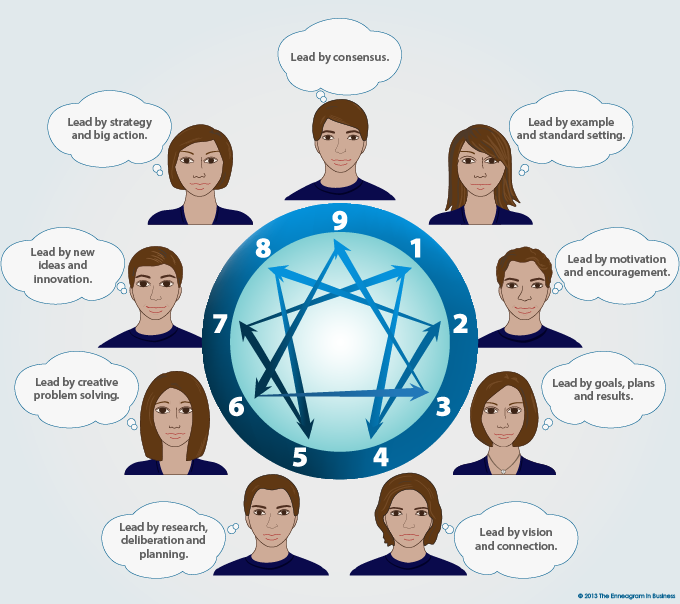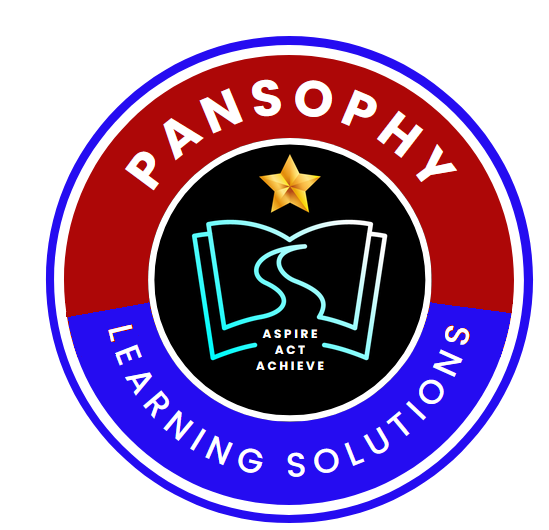This article delves into the strengths, potential hurdles, growth opportunities, and the influence of Enneagram Type 4 leaders on team members who may have different personality types. By comprehending the dynamics of the Type 4 leadership style, you can cultivate a well-rounded and inclusive work environment that encourages collaboration and individual development.
The Enneagram Type 4 leadership style brings an important blend of creativity, emotional depth, and authenticity.

Strengths of Type 4 Leaders:
- Valuing Uniqueness and Authenticity: These leaders applaud individuality and authenticity, encouraging team members to embrace their unique qualities. This fosters a diverse and inclusive work environment.
- Imaginative and Innovative Thinking: The Type 4 leader stands out by offering creative and unique perspectives in problem-solving. Their capacity to think beyond conventional boundaries sparks innovation and promotes unconventional approaches within the team.
- Empathy and Emotional Intelligence: Type 4 leaders possess profound emotional understanding and empathy towards others. They establish a secure environment for team members to express themselves and nurture authentic connections.
Blind Spots and Potential Hurdles:
- Challenge with Focus and Follow-through: Type 4 leaders, given their inclination to explore various ideas and possibilities, may encounter challenges in prioritizing and following through on tasks. Developing effective time management strategies can assist them in maintaining focus.
- Responsive and receptive to feedback: These leaders might exhibit increased sensitivity to criticism or feedback due to their profound appreciation for individuality and creative contributions. It is essential for them to focus on building resilience and cultivating an open-minded approach to constructive feedback.
- Heightened levels of Intensity: The Type 4 leader may undergo intense emotions, occasionally influencing their capacity to stay objective and make rational decisions. They may need to discover ways to effectively manage their emotions, especially in high-pressure situations.
Growth Opportunities for Type 4 Leaders
To continue to enhance their leadership effectiveness, Type 4 leaders can focus on the following growth areas:
- Welcoming Constructive Feedback and collaboration: Type 4 leaders can gain valuable insights by embracing collaboration and actively seeking constructive feedback from their team members. This approach fosters a culture of continuous improvement and enables them to benefit from diverse perspectives.
- Fostering the development of resilience: Type 4 leaders should prioritize building resilience in the face of challenges and setbacks. Developing emotional resilience enables them to navigate difficulties while preserving their creative spirit and inspiring their team.
- Harmonizing Emotional response and Objectivity: Type 4 leaders can focus on striking a balance between their emotional depth and objectivity. Cultivating the ability to step back, assess situations, and make rational decisions enhances their overall leadership effectiveness.
For additional development opportunities, study Type 4s resource points (arrows in the enneagram symbol), Type 1 and Type 2, to see what behaviours and qualities they can pull in to improve their approach to leadership. Also, please refer to the leadership strengths of Type 1 and 2.
How the 9 Enneagram types perceive leadership?
Source: theenneagraminbusiness.com/

Potential impact on their team:
Positive impacts/ Favorable effects or benefits
- Being genuine and self-expression: Type 4 leaders prioritize authenticity and actively encourage team members to embrace their individuality. They establish an environment where individuals feel free to express themselves, fostering a sense of belonging and motivating the team to contribute their unique strengths and perspectives to their work.
- Fostering creativity and innovation: These leaders often have a unique perspective and a strong sense of creativity. They actively encourage and appreciate imaginative thinking, cultivating an environment that fosters innovation and fresh ideas within the team.
- Valuing quality and aesthetics: A Type 4 leader frequently appreciates beauty and quality. They exhibit a keen focus on the aesthetics and details of their work, striving for excellence and cultivating an environment that esteems craftsmanship and meticulous attention to detail.
- Demonstrating empathy and emotional depth: Leaders of this type typically demonstrate heightened emotional intelligence and a profound understanding of human experiences. They exhibit empathy, compassion, and the ability to connect with team members on an emotional level, fostering a supportive and understanding work environment.
Negative impacts/ Adverse effects or drawbacks
- Tendency to resist conformity: These leaders frequently resist conformity and may question or challenge established norms and systems. While this can result in unique insights and creativity, it may also generate tension or resistance within the team if not effectively managed.
- Intense emotions and fluctuations in mood: Type 4 leaders might undergo intense emotions and mood fluctuations, potentially affecting their capacity to sustain consistency and stability in their leadership. This emotional intensity can occasionally contribute to an unpredictable work environment.
- Tends to be self-absorbed: Leaders of this type may at times be absorbed in their own emotions and experiences. This self-focus can present challenges in fully recognizing and addressing the needs and perspectives of their team members.
- Being different solely for the purpose of being unique: A Type 4 leader, placing a high value on uniqueness and significance, might be inclined to invest time, and the team’s time, in creating something unprecedented. While this energy can be beneficial for a team, excessive emphasis on being distinct and one-of-a-kind in unnecessary situations may impede the team’s productivity, energy, and overall success, as time is spent on efforts that do not contribute effectively.
Conclusion
It is crucial to acknowledge that the influence of a leadership style is contingent on the particular context, team composition, and the project at hand. Striking a balanced approach that combines the natural strengths of the Type 4 leadership style while being mindful of potential challenges and blind spots can optimize its positive impact and mitigate or lessen any negative effects.
Every individual is distinct, shaped by a myriad of factors such as childhood experiences, race, culture, birth order, socioeconomic status, education level, religion/spirituality, family dynamics, and more. These elements collectively influence a person’s personality and the strategies they employ to navigate life. Utilizing the Enneagram as a framework provides a starting point for gaining a deeper understanding of oneself or others. It serves as a valuable tool to comprehend and support individuals, fostering personal and interpersonal growth.
Which leadership styles do you incorporate? Leadership is a fluid/dynamic endeavour, allowing for the adoption of various styles. Your approach evolves as you consistently aim to improve your support for both your team and the overall development of the company.
As the Chinese proverb conveys, wisdom lies in adapting to circumstances, akin to water moulding itself to suit its container. To enhance our leadership capabilities in the future, it is vital to comprehend the suitable leadership styles for diverse situations and take into account the motivational factors of those we lead.
Engaging in a leadership workshop that employs the Enneagram profiling system can aid in developing an agile/adaptable leadership style, a quality increasingly acknowledged as crucial for effectively guiding today’s workforce.
Utilizing the Enneagram in leadership enables participants to grasp the nine unique leadership paradigms, encompassing their inherent strengths and potential challenges. This approach delves into the expected behaviours demonstrated by leaders of each Enneagram type and proposes customized development activities to augment leadership capabilities according to individual Enneagram types.
Moreover, the Enneagram proves valuable in refining specific leadership competencies, including the ability to drive results, strategic planning, leading high-performing teams, and more.
